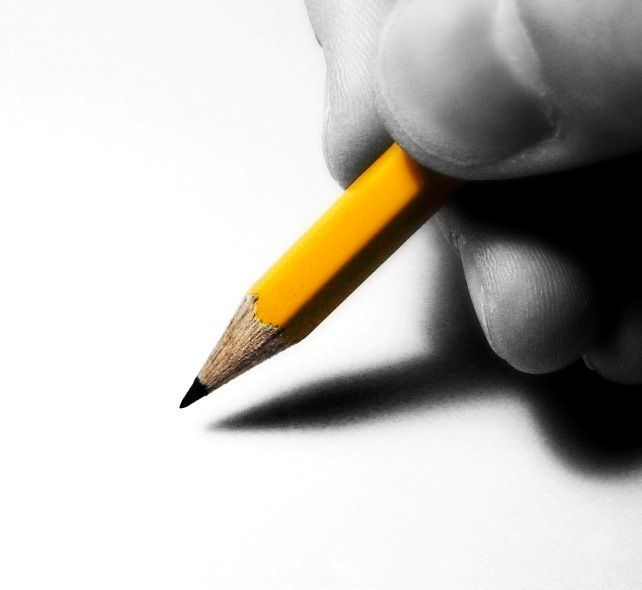✏📑How to write without misspelling📑✏
Hello steemianos today I have a new post for today I hope you have a very good day.
I will give you several tips so they have better spelling make no mistake I hope you like them
1 Read regularly. Read what interests you, whether you like it or need it. Books, magazines and newspapers have generally been reviewed by writing professionals, so they are a simple way to learn spelling visually.
Start by reading short texts if you do not read regularly and then approach longer texts according to your experience.
Read carefully and little by little you will notice that you know how words are written, this is known as spelling memory.
2 Check the dictionary. Recognize, with special attention to the accents, the order of the letters in the words and the meaning, this will cause you to remember the proper use of the words and the correct way to write them.
This exercise, with the support of various dictionaries, will help you improve your spelling.
You can also expand your vocabulary, while recognizing how words are written from the first moment.
3 Investigate the etymologies. Spanish is a Romance language of Latin origin; however, in its history, other languages have introduced words. The etymological roots offer the bases of the current spelling, do not lose sight of them.
4 Learn the basic rules. In Spanish, the accents are very important. Below are the rules of the accents:
Acute words are those that have the tonic syllable at the end. They carry accents if they end in a vowel, in n or in s, although there are some exceptions:
The monosyllabic words do not have a tilde (they are all acute), because in them it is not necessary to mark in which syllable the accent falls. In some words, especially monosyllabic, the so-called diacritic tilde is used. This tilde is the one used to differentiate words that are written in the same way but have different meanings.
Sharp words ending in n or in s preceded by any other consonant, including n, do not have a tilde.
Sharp words ending in y (diphthongs or triptongos) do not have accents.
Plain words (also known as grave) are those that have an accent on the penultimate syllable. The accentuation of the plain words is governed by three rules:
When they end in a consonant that is different from n, s or ch.
When they end in more than one consonant.
When they end in the letter y.
Plain words without tilde: as with sharp words, the tonic syllable of plain words can not always carry accents. If the word has a ending in s, n or in a vowel, it will not have a tilde.
The words esdrújulas are those that carry accents in the antepenultimate syllable. Contrary to what happens with sharp words and plain words, which may or may not bear accents, the words esdrújulas must always be marked
5 Learn the use of capital letters. You must use capital letters in the following cases:
Titles of works of artistic creation
Titles of periodical publications and collections
Titles of sacred books
Diplomas of congresses, courses, seminars
Conferences
Nouns
Trademarks
When starting a paragraph
After a point
6 Pay attention to other important rules. Learn the rules on the use of v and b, h, s, z and c, of y and ll, of j and g, and of r and rr, among others.
7 Writing in an orderly manner, before starting, we must organize the main idea and follow a sequence, trying to get one idea to follow the other.
Over time it has been shown that if we read a lot and write, it will be easier for us to coordinate the paragraphs and thus be able to write any text clearly and understand us.
I hope this advice has been useful. Thank you
We get from the community
for the community
Thanks bay ...

